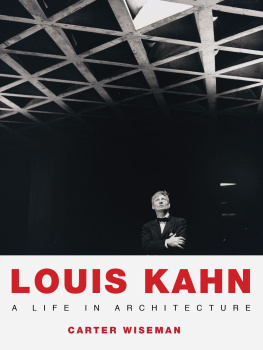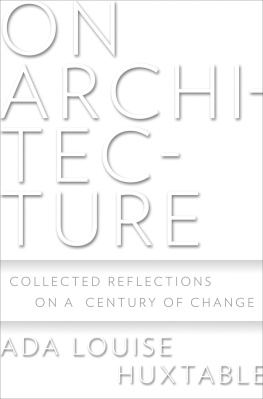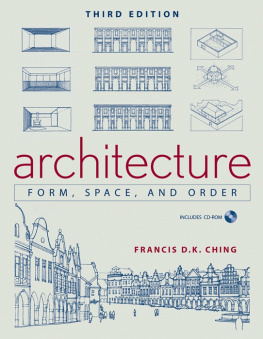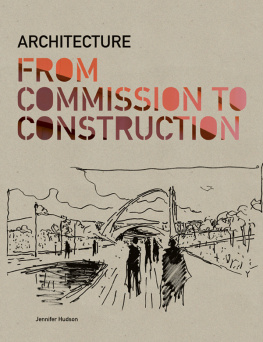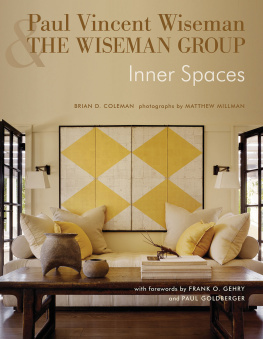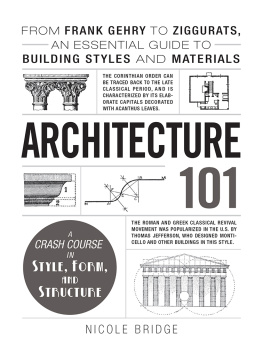

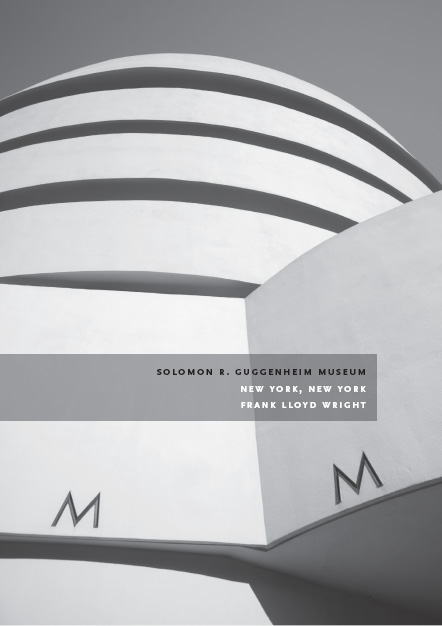



The author gratefully acknowledges the support of Furthermore, a program of the J. M. Kaplan Fund.
Published by Trinity University Press
San Antonio, Texas 78212
Copyright 2014 Carter Wiseman
All rights reserved. No part of this book may be reproduced in any form or by any electronic or mechanical means, including information storage and retrieval systems, without permission in writing from the publisher.
Trinity University Press strives to produce its books using methods and materials in an environmentally sensitive manner. We favor working with manufacturers that practice sustainable management of all natural resources, produce paper using recycled stock, and manage forests with the best possible practices for people, biodiversity, and sustainability. The press is a member of the Green Press Initiative, a nonprofit program dedicated to supporting publishers in their efforts to reduce their impacts on endangered forests, climate change, and forest-dependent communities.
The paper used in this publication meets the minimum requirements of the American National Standard for Information SciencesPermanence of Paper for Printed Library Materials, ANSI 39.48-1992.
Cover design by Jamie Stolarski
Book design by BookMatters, Berkeley
Photo credits: p. ii: Solomon R. Guggenheim Museum, iStockphoto/jpfigueiredo; p. 1011: Chapel of Notre Dame du Haut, Shutterstock/Alex Justus; p. 43: Seagram Building, Foto Sotto; p. 69: courtesy of the American Historic Buildings Survey; p. 121: Rockefeller Center, iStockphoto/Michael Denijs; p. 149: Brunelleschis Dome, Shutterstock/Santi Rodriguez; p. 167: Guggenheim Museum Bilbao, iStockphoto/borjalaria; p. 187: Phillips Exeter Academy Library, Jonathan Reike; p. 204205: Louvre Pyramid, iStockphoto/Risto0; p. 215: Bauhaus Building, iStockphoto/typographics; p. 221: Yale Art and Architecture Building, Shutterstock/Ritu Manoj Jethani; p. 229 (author photo): Owen Wiseman.
ISBN 978-1-59534-150-1 ebook
CIP data on file at the Library of Congress
18 17 16 15 14 | 5 4 3 2 1
To my family,
my students, and
my teachers
CONTENTS


Anyone who produces, promotes, or teaches architecture must depend on accurate analysis and lucid explication to encourage design that may make the world a better place. Every successful work of architecture is centered on a core idea. Writing on architecture should be inseparable from the design process itself.
PARTHENON
ICTINUS, CALLICRATES
ATHENS, GREECE
SOME YEARS AGO, a writer for the Chronicle of Higher Education declared, Too many architecture students cant write.
Why does good writing matter to architecture? Good writing matters regardless of profession, whether it is law, medicine, business, or aerospace. But architecture in particular permeates our lives at every moment and in every dimension. Unlike the other artspainting, sculpture, music, or theaterarchitecture is not a matter of choice in our lives, something we decide to take or leave as time and spirit move us. Architecture determines the shape of the places where we live, where we work, where we worship, and where we take our ease. At its most powerfulat the pyramids of Egypt, the Parthenon, Japans Himeji Castle, St. Peters in Rome, the Taj Mahal, or the Seagram Buildingit ennobles our existence and conveys our highest values across time. For that reason, it is the most comprehensive and complex of the arts. Anyone who makes, produces, promotes, or teaches architecture must depend on accurate analysis and lucid explication to encourage design that may make the world a better place.
There are scores of books on writing. The most useful in my view are the durable small classic The Elements of Style, by William Strunk Jr. and E. B. White, and On Writing Well, by William Zinsser, both of which address the fundamentals of the craft with efficiency, grace, and wit. This book attempts to address those skills as applied to architecture: by encouraging not just competence, but also enjoyment, and even inspiration.
For the student and the practitioner, writing on architecture should be inseparable from the design process itself. Every successful work of architecture is centered on a core idea. Think of Frank Lloyd Wrights 1959 Guggenheim Museum in New York City. Like it or not (architects do, painters never have), Wrights idea was to display works of art in a continuous space that did away with the segmentation of conventional galleries. Or take Le Corbusiers 1955 Chapel of Notre Dame du Haut in Ronchamp, France. There, the idea was to create an uplifting experience through a combination of forms and spaces that would evoke the aspirations and mysteries of spirituality. A less famous example is the library by the Late Modernist architect Louis Kahn at the Phillips Exeter Academy in Exeter, New Hampshire, finished in 1971. What appears at first glance to be a stolid New England brick box is transformed on the interior into a warren of active study spaces centered on an atrium that encourages the users to witness the scholarly activity to which the building is dedicated. These examples come only from relatively recent architectural history. When we travel, we mark our journeys with stops at the cathedrals of France, the temples of Japan and Central America, and the palaces of the Asian subcontinent. Why? Because these buildings are eloquent tributes to the cultures that produced them, and they inform our own.
In each case, the success of the architecture derives from the focus on what the building is for. That goes well beyond the programthe clients description of the buildings basic function. For design students, analyzing goodand especially greatbuildings in detail and writing about them is an invaluable way to understand the fundamentals of architecture, and later to marshal that analysis into built form.
For practicing architects, expressing the goals of their creative impulses is no less central to persuading a client, a community board, or a potential patron of the virtues of a design proposal. Louis Kahn famously said that the main responsibility of the architect was to take the clients program and change it. By that he did not mean betraying clients wishes, but rather understanding what they wanted and giving it form in a way the clients would not be able to imagine themselves.
However inspired an architectural scheme may seem to its author, it is likely to remain an abstraction unless the designer can express its reason for being in terms accessible to the people who must support it. Few of these people are likely to have architectural training. To those who simply wish to encourage good design, enrich their own appreciation of it, or teach its value and preservation to others, writinglike drawingconcentrates the mind on the search for the elements that distinguish mere building from what deserves to be called architecture. In short, writingand writing wellon architecture is a skill that not only has promoted the understanding and creation of good design through history, but is also critical to its perpetuation in the future.
Next page

